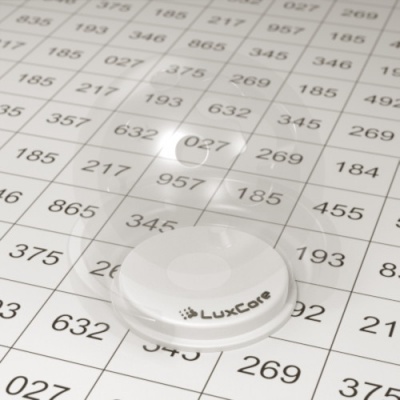LuxCoreRender Materials Glossy Coating
Glossy coating is an "empty gloss coating" material. It is used to add gloss layers on top of other materials. It is something of a special glossy material that has no base reflector of its own, but rather takes another material node as its base.
Options
Base Material
The base material is the reflector beneath the glossy coating. If you use the matte material, the result will be the same as the regular glossy material. The material specified here can be any material type, including null, mix, layered, or another glossy coating material. The only exception is that the initial node in the chain is not glossy coating, as all glossy coating materials need to have a base material specified.
Specular Color and IOR
This is the color of the varnish coat. In many real world materials, all color is in the base rather than the gloss, so this color should often be left as gray. (For example, the paint on porcelain is applied before the glaze, so your paint texture should only be on the diffuse channel). Darker colors will make the material less shiny, especially at shallow angles. Optionally, you can specify an index of refraction for the coating material, however this will prevent you from coloring the coating, it will always be gray. This can be useful if you want to specify a specific material making up the coating. For example, a wet floor would have IOR = 1.333, the IOR of water.
The specular color should not be set higher than about .25, and many everyday materials will have much lower values, such as .03-.05.
Roughness
This determines how shiny the material is. Lower values are shinier, with 0 being a perfect reflector and .8 being matte. Values between .8 and 1 are an unrealistic "super-matte" and should be avoided. If your exporter uses the exponent setting to control roughness, higher values are shinier, with 0 being matte. To convert exponent to roughness use the following formula: ROUGH = SQRT(2 / (EXPONENT + 2))
Absorption Color / Depth
These allow you to specify the color and depth of light absorption by the varnish. Note that since this is an absorption color, it will seem to work "backwards". Setting it to blue will cause blue light to be absorbed, leaving you with a yellow-orange appearance. To defeat this option, set the color to full black (0.0).
Multibounce
The option will simulate light being scattered at the surface by things such as fuzz or fine hair. It is useful when using glossy for a skin or cloth material, and will give a soft, fuzzy appearance.
Back to Materials

